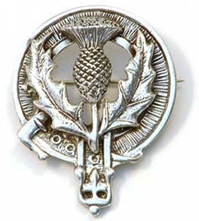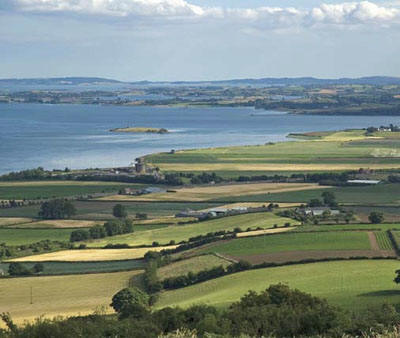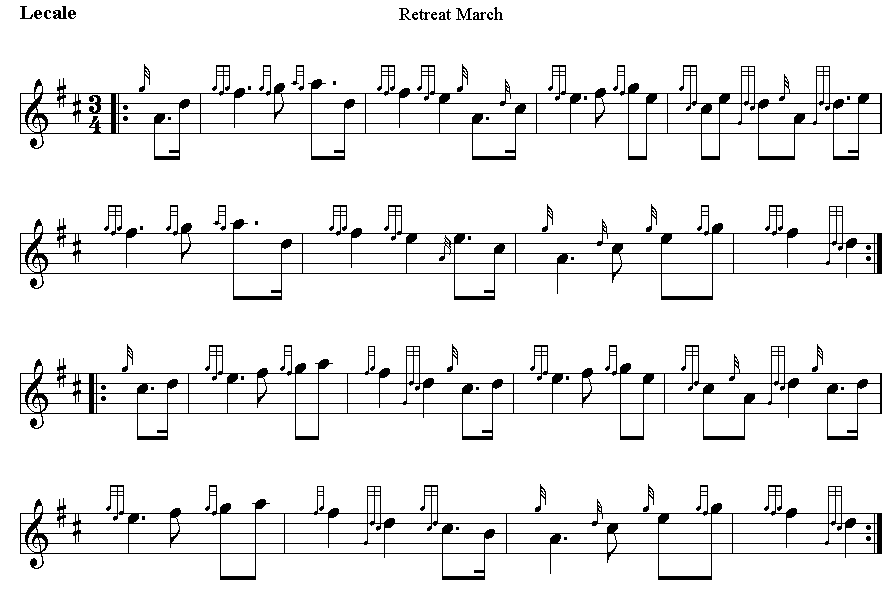Lecale (from Irish Leath Cathail, meaning "Cathal's half"), is the name of a peninsula and several different historical territorial divisions all located in the east of modern-day County Down, Northern Ireland. It is an area of historical and geographic significance, bounded by the Quoile Marshes (now drained, but formerly extensive), the Blackstaff River, the Irish Sea and Strangford Lough. It has an oddly isolated position, virtually cut off from its hinterland, but open to invasion and influence from the east and south. Anciently it was the name of the ancient Irish district of Leath Cathail. As Ladcathel it was a county of the Earldom of Ulster, and later the name of the former barony of Lecale, which was then split into Lecale Lower and Lecale Upper by 1851. More anciently Leath Cathail was known as Magh Inis, meaning the "island plain", with the name "Isle Lecale" still used in the area.
St. Patrick landed at
the Slaney estuary on
his return to Ireland. A
large granite statue of
him looking into the
rest of Ireland at
Raholp today overlooks
the site. He died at the
Abbey of Saul where he
began his mission and
was administered his
dying communion by
Bishop Tassach of Raholp.
His remains were carried
to Downpatrick, known
then as Dun Dhá Leath
Glais, which lies within
Lecale Upper.



